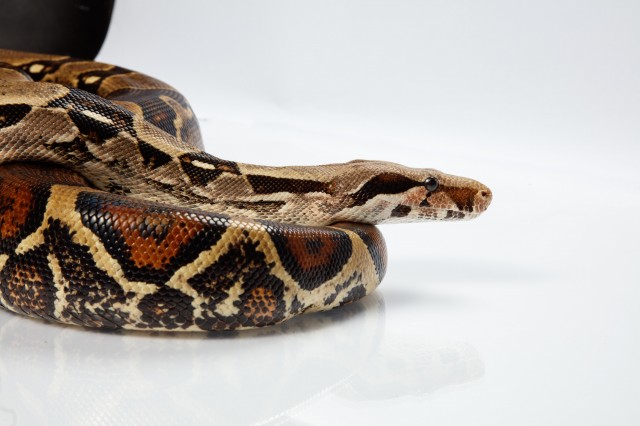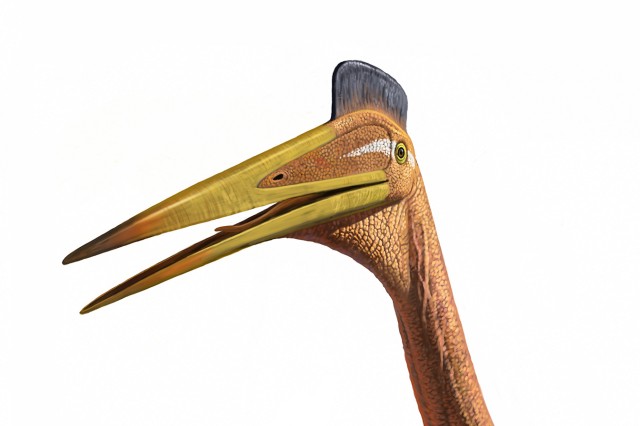The museum is closed Thursday, December 25 for the Christmas holiday. We will reopen Friday, December 26.
The Giant Monsters of Herpetology Tour
A look at some of the reptile and amphibian specimens that have inspired some of film and television’s biggest, baddest monsters with Herpetology Collections Manager Neftali Camacho.
Updated October 3, 2024
Natural history museums like NHM have pretty big jobs. Through vast collections of specimens, these institutions serve as libraries for nothing less than the story of life on Earth.
"Collections help us to better understand and protect the living world today," says Neftali Camacho, Senior Herpetology Collections Manager at NHM. They’re priceless records of the past that can help researchers understand the future of our world. That feels like a big enough job on its own, but those same collections of natural life have inspired worlds of giant monsters and dragons. Camacho took us on a brief tour of this intersection of fantasy, horror, and museum science.
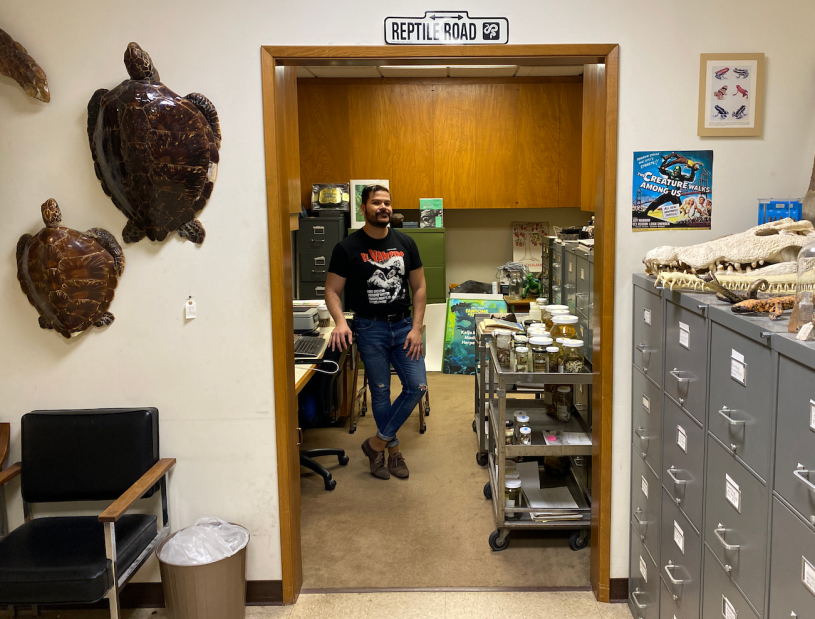
In preparation for the 2012 film Pacific Rim and 2014’s Godzilla, character designers visited the Herpetology Collections for a closer look at real-life reptile and amphibian anatomy to inform their creations. Despite being super cute, snapping turtles (Chelydra serpentina) have helped create the creatures terrorizing the big screen.
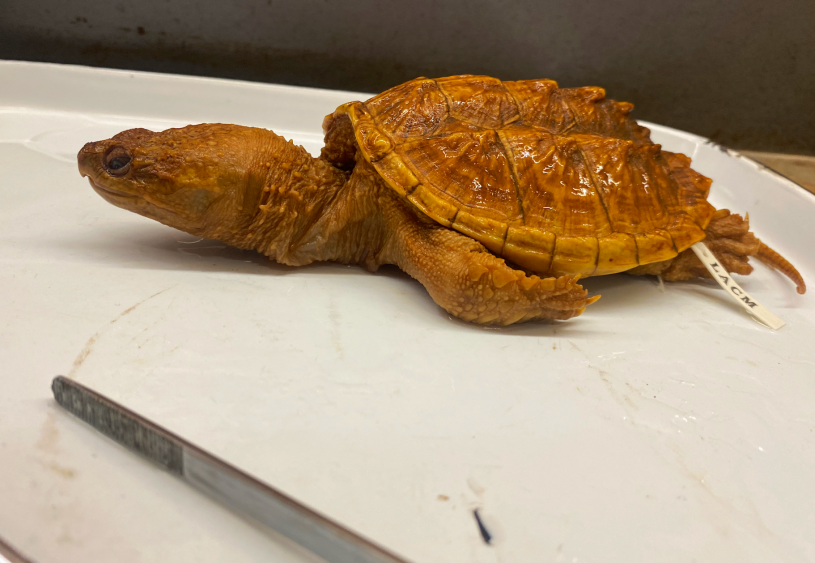
While juvenile snapping turtles are adorable, these reptiles can reach impressive if not kaiju sizes of around one foot in length, and the biggest recorded individual tipped the scales at 75 pounds, but it's their intimidating jaw, distinct scaling, and pointy scutes—the spiky structures on the shell or carapace—that have made snapping turtles such an inspiration for movie monsters.
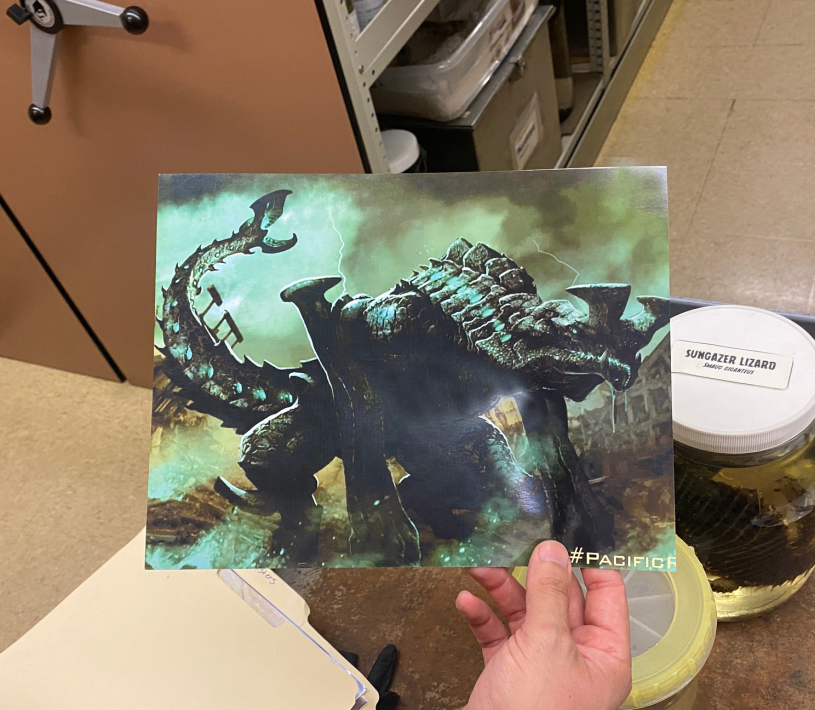
It’s easy to see how different parts of the snapping turtle informed the long neck and pronounced, interlinked scaling on the back of the giant monster Otachi. Of course, there’s a lot happening with every kaiju in the movie when it comes to design (this same monster has retractable pterosaur-like wings).
If you’re thinking the snapping turtle still looks familiar from your nightmares, you might have seen something like it bursting from the desert ground in search of human flesh. The Precambrian life forms stalking the human stars of the Tremors franchise are also based on this turtle’s fierce beak.
Even though they’re not as scary as the graboids from Tremors, snapping turtles are at the top of the food chain in their ecosystems from the East Coast to the Rockies. Despite a monstrous reputation, there’s no record of these freshwater turtles biting off any human’s fingers or toes (on the other hand, fingers have been lost to their larger cousins, alligator snapping turtles). As omnivores, they basically eat everything else, feasting on fish, other amphibians, reptiles, unwary birds, and really anything that they can fit in their jaws. Snapping turtles are not native to the state, but individuals have been recorded on iNaturalist.
“It was no surprise since turtles have been used in the past for monster design, going back to the 1960s with Gamera the Giant Monster. Gamera is essentially a giant turtle!” says Camacho.
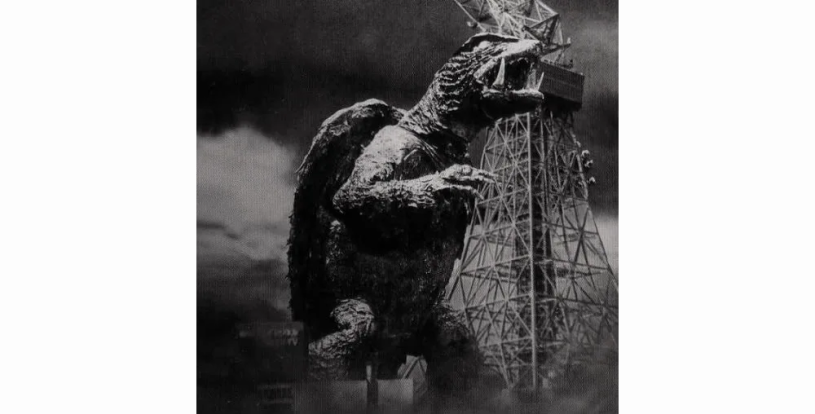
“For Godzilla 2014, the designers were very much interested in the sungazer lizard,” says Camacho. “They were drawn to its large armor-like spiky scales.” The creature creators visiting the collections decided not to arm Godzilla with the intimidating scales of the sungazer lizard, but one of them would go on to help design the iconic dragons from Game of Thrones, taking inspiration from the sungazer lizard.
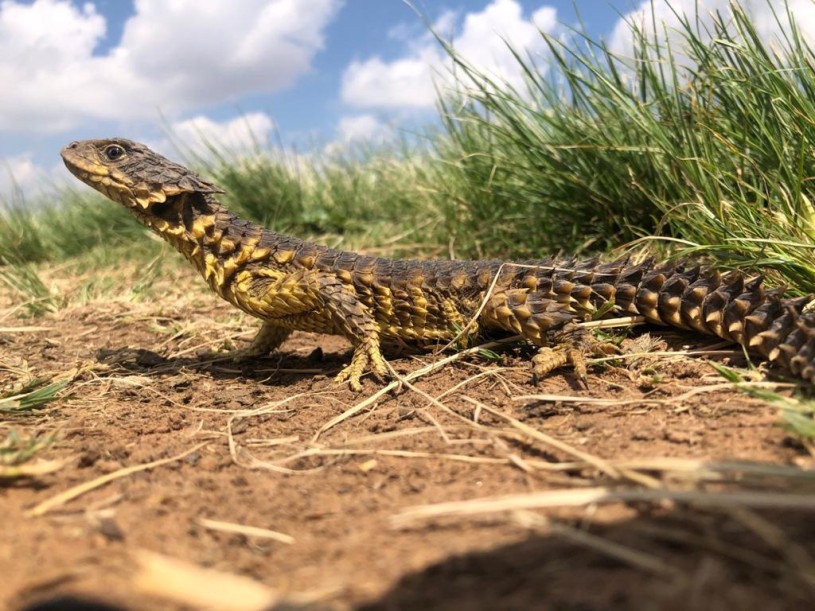
Sungazers go by many other common names—among them, the giant girdled lizard and the giant dragon lizard—but their solar moniker comes from a penchant for raising their body towards the sun as if, well, gazing, an activity which helps regulate their body temperature. While it might be hard to imagine these little reptiles darkening the skies of Westeros, take a closer look and the similarity to G.O.T. dragons is unmistakable.
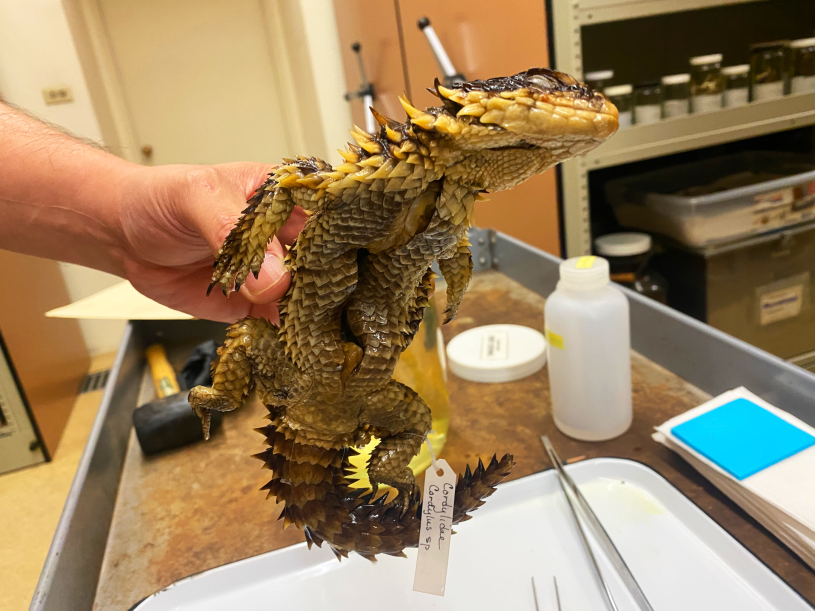
Sungazers are heavily armored, and their beautiful scaling translates perfectly to the show’s dragons. The details from these real-life reptiles helped ground the visual style of the winged monstrosities. Sungazers' scientific name even carries a high fantasy pedigree: Smaug giganteus, a reference to the villainous dragon from JRR Tolkien’s The Hobbit.
While the monsters they inspired brought a fantasy world to its knees, these creatures face very real threats from the destruction of their grassland habitats in South Africa and the illegal pet trade. Collections like NHM’s help researchers keep track of and study vulnerable species as records of their existence through time.
Camacho had no shortage of suggestions and ideas of what other famous fiends might have been inspired by real-life reptiles and amphibians (if not the actual specimens in NHM’s collections), but he specifically recognized the sandworms from the cult-classic Beetlejuice (and the sequel Beetlejuice, Beetlejuice) in a limbless amphibian you’ve probably never seen.
Caecilians (sounds like ‘see sill yunz’) do have a certain resemblance to the sandworms stalking the afterlife in the film, and they’re highly adapted to burrowing (but some are aquatic). They may not match the gargantuan sizes on screen, but the biggest known species reach up to five feet in length, and they’re really unlike anything else.
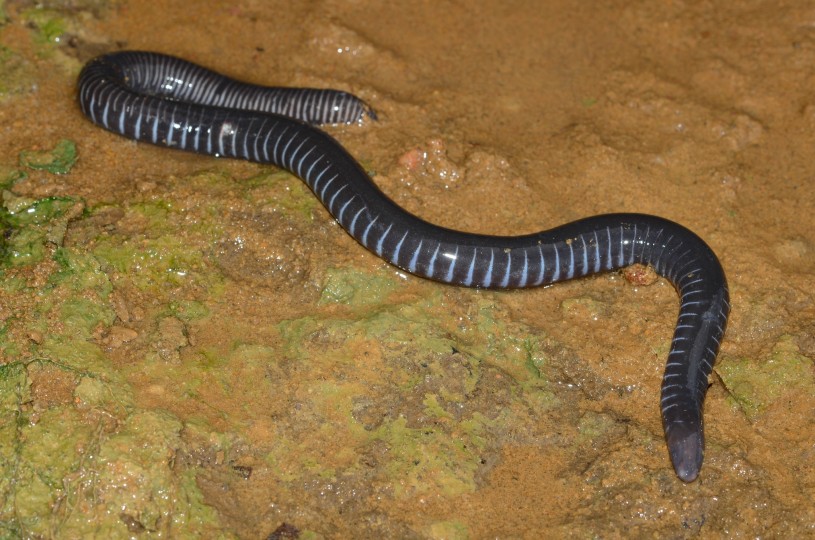
Their distinctly wormy lines are actually ring-shaped folds of skin. Their eyes range from tiny to non-existent (Caecilians translates to ‘blind ones’), and they have tentacles between their eyes and nostrils that scientists think help them smell. Caecilians represent one of the three modern orders of amphibians along with frogs and salamanders, but their underground lifestyle makes them difficult to study. Collections like NHM’s let researchers and artists get an up-close look at animals like these without expensive and sometimes dangerous expeditions.
